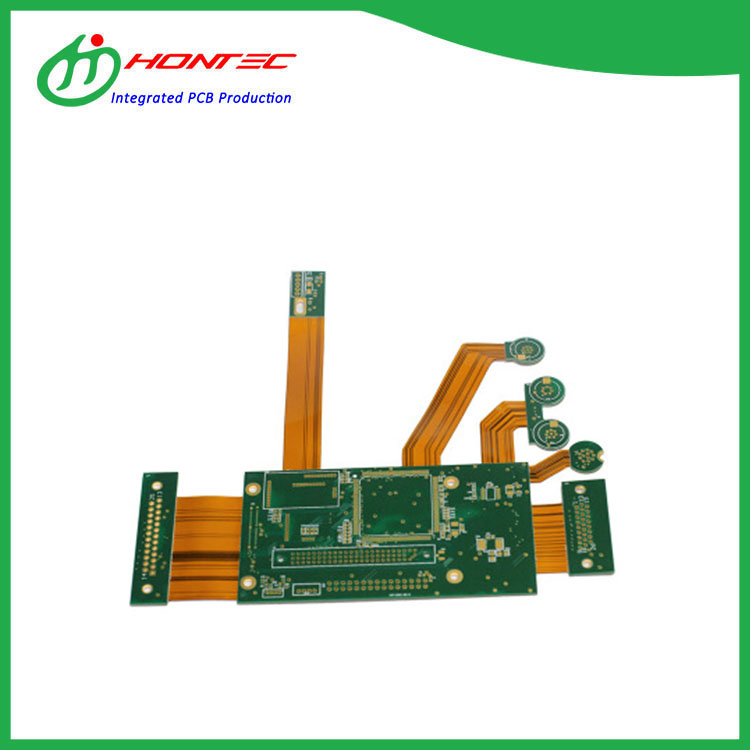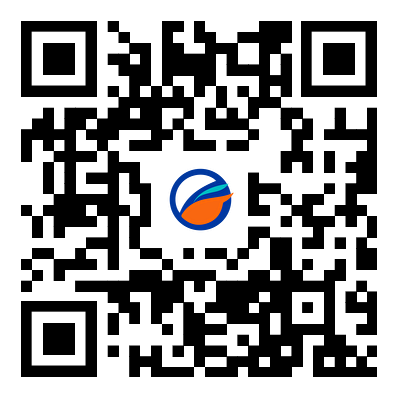Considerations for rigid-flex boards
2023-11-15
A Rigid-Flex Board is a type of printed circuit board (PCB) that combines both rigid and flexible board technologies into a single design. This allows the PCB to have both rigid sections and flexible sections within the same physical board. Rigid-flex boards are commonly used in applications where a combination of flexibility and the structural integrity of rigid boards is required. Here are some key features and considerations for rigid-flex boards:
1. Rigid Sections:
- Rigid sections are made of traditional rigid PCB materials like FR-4. These sections provide stability and support for components, connectors, and other elements that require a solid, inflexible platform.
2. Flex Sections:
- Flexible sections are made of flexible PCB materials, such as polyimide. These sections allow the board to bend or flex, making them suitable for applications where space is constrained or where the board needs to conform to a specific shape.
3. Interconnecting Layers:
- The rigid and flexible sections are interconnected using flexible circuit materials or built-in connectors. These connectors allow for electrical continuity between the rigid and flexible portions of the board.
4. Space Savings:
- Rigid-flex boards can save space compared to using separate rigid and flexible boards and connectors. This can be crucial in applications where size and weight constraints are significant.
5. Reliability:
- Rigid-flex boards can offer improved reliability compared to using separate rigid and flexible boards with connectors. Fewer connectors mean fewer points of potential failure.
6. 3D Configurations:
- Rigid-flex technology enables the creation of three-dimensional configurations, allowing the PCB to fit into non-planar or irregularly shaped spaces within a device.
7. Weight Reduction:
- The use of flexible materials in the flex sections contributes to weight reduction in comparison to a fully rigid board with the same functionality.
8. High-Density Applications:
- Rigid-flex boards are well-suited for high-density applications where a large number of components need to be integrated into a compact space.
9. Applications:
- Rigid-flex boards find applications in various industries, including aerospace, medical devices, automotive electronics, and wearable technology.
10. Complex Designs:
- Rigid-flex technology allows for complex board designs that can meet the specific requirements of intricate electronic devices.
When designing and manufacturing rigid-flex boards, collaboration between PCB designers and manufacturers is crucial to ensure that the specific requirements of the application are met. Factors such as material selection, layer stackup, bend radius, and assembly processes need to be carefully considered to achieve optimal performance and reliability.



